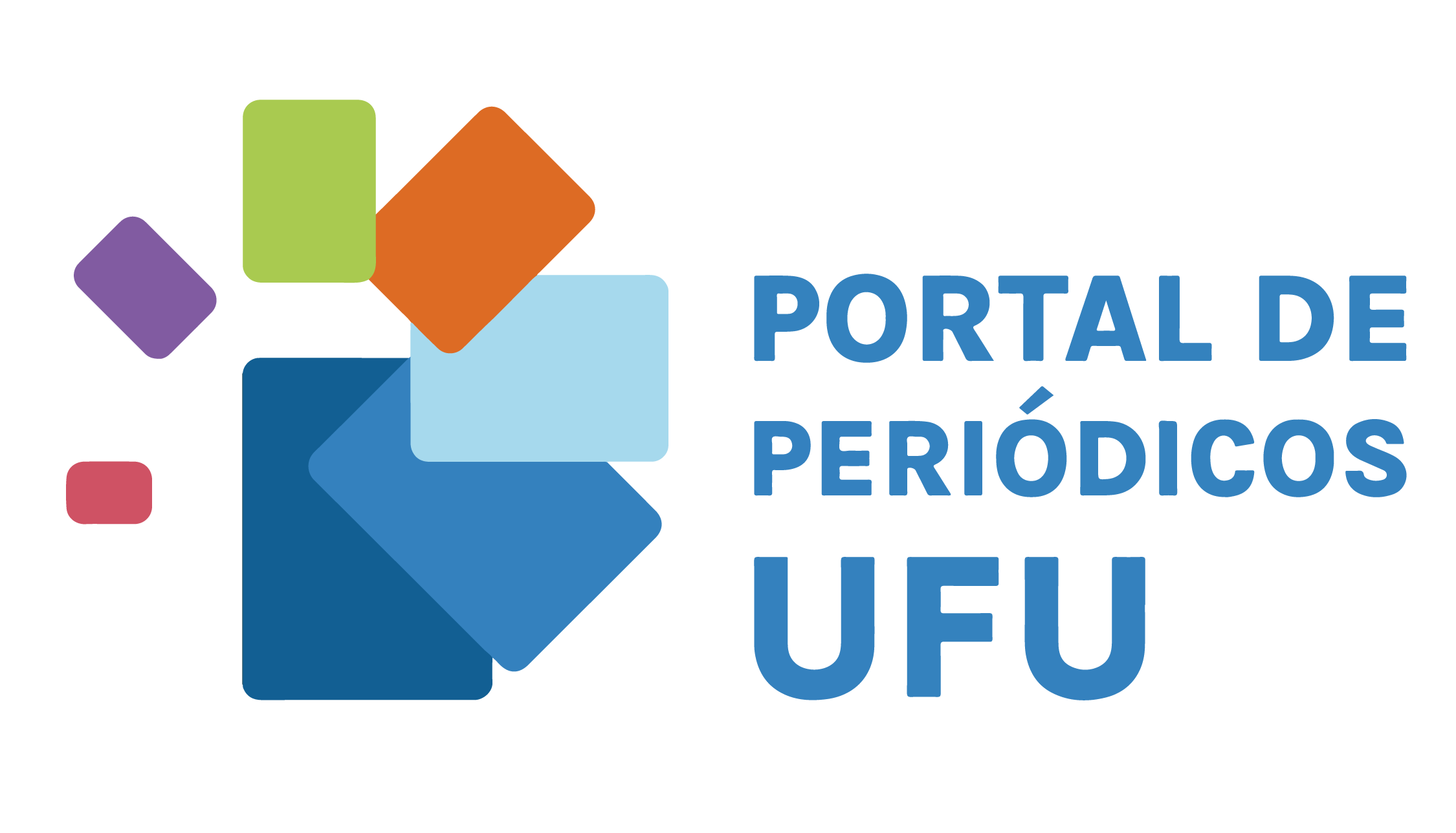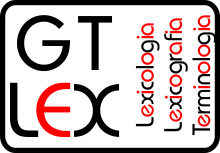Multimodal resources in five school dictionaries
DOI:
https://doi.org/10.14393/Lex-v7a2021/22-2Keywords:
Metalexicography, Multimodality, Learner’s dictionaries, Images, Cross-referencesAbstract
The textual meaning can be reinforced by information’s value, its composition, its emphasis and also its disposition, so multimodal resources, if well organized, can help student to understand more widely lexicographic text, therefore, when exploring use of these resources, we can shed light on multimodal lexicography. In view of this, in this paper, we intend to reflect about some of the multimodal resources present in five school dictionaries that comprise PNLD 2012: Dicionários (Programme which divides dictionaries into four groups), namely: Dicionário Aurélio Ilustrado (FERREIRA, 2008), Dicionário Ilustrado de Português (BIDERMAN, 2009), Palavrinha Viva (BORBA, 2011), Saraiva Jovem (SARAIVA; OLIVEIRA, 2011), and Aurélio Júnior (FERREIRA, 2011). Based on Bernhardt (2004), Mozdzenski (2006), Kress and Van Leeuwen (2007), Farias (2010), Nascimento and Pontes (2011; 2020), we found illustrations and cross-references, among others, are efficient multimodal elements for complementing the meanings of lexical units. 38 representative entries from these five dictionaries were chosen for analysing. Comparing them, we noted effective multimodal features – images, different sizes of letters, bold and italic highlights, assorted colours, cross-references, attachments, etc. – for learning because, most often, they make clean definition. Therefore, lexicographical integration between languages (written and imagery) contributes to student’s lexical expansion.
Downloads
References
BERNHARDT, S. A. Seeing the text. In: HANDA, C. (org.). Visual rhetoric in a digital world: a critical sourcebook. Boston: Bedford/St. Martin’s Press, 2004. p. 94-106.
BIDERMAN, M. T. C. Dicionário ilustrado de português. 2 ed. São Paulo: Ática, 2009.
BORBA, F. S. Palavrinha viva: dicionário ilustrado da língua portuguesa. Curitiba: Piá, 2011.
BRASIL. Ministério da Educação. Secretaria de Educação Básica. Com direito à palavra: dicionários em sala de aula / [elaboração Egon Rangel]. – Brasília: Ministério da Educação, Secretaria de Educação Básica, 2012. 148p.
DESCARDECI, M. A. A. S. Ler o mundo: um olhar através da semiótica social. ETD, Campinas, v. 3, n. 2, p. 19-26, 2002.
DIONISIO, A. P. Gêneros multimodais e multiletramento. In: KARWOSKI, A. M.; GAYDECZKA, B.; BRITO, K. S. (org.). Gêneros textuais: reflexões e ensino. Editora Nova Fronteira, 2008. p. 131-144.
FERREIRA, A. B. H. Aurélio Júnior: dicionário escolar da língua portuguesa. 2 ed. Curitiba: Positivo,2011.
FERREIRA, A. B. H. Dicionário Aurélio ilustrado. Curitiba: Positivo, 2008.
HAENSCH, G. Tipología de las obras lexicográficas. In: HAENSCH, G.; WOLF, L; ETTINGER, S.; WERNER, R. La lexicografia. Madrid: Editorial Gredos, 1982. p. 95-187.
FARIAS, V. S. O emprego de ilustrações como mecanismos de elucidação do significado das unidades léxicas nos dicionários semasiológicos. In: Anais do IX Encontro do CELSUL, Palhoça, SC, out. 2010.
KRESS, G.; VAN LEEUWEN, T. Reading images: the grammar of visual design. New York: Routledge, 2007.
MOZDZENSKI, L. P. A cartilha jurídica: aspectos sócio-históricos, discursivos e multimodais. Dissertação (Mestrado em Linguística). Recife, UFPE, 2006.
NASCIMENTO, F. I.; PONTES, A. L. Dicionários escolares: uma análise visual. Revista Linguagem em Foco, Fortaleza, v. 3, n. 5, p. 145–166, 2011. Disponível em: https://revistas.uece.br/index.php/linguagememfoco/article/view/1856. Acesso em: 27 ago. 2021.
NASCIMENTO, F. I.; PONTES, A. L. Texto e imagem: a complementaridade intersemiótica em dicionários escolares Tipo 2. Fórum Linguístico, v. 17, p. 5088-5105, 2020.
PONTES, A. L. Dicionário para uso escolar: o que é, como se lê. Fortaleza: Ed. UECE, 2009.
PONTES, A. L. Multimodalidade em dicionários escolares. In: ISQUERDO, Aparecida Negri; BARROS, Lídia Almeida. (Org.). As ciências do Léxico: lexicologia, lexicografia, terminologia. Campo Grande: Ed. UFMS, 2010, v. V, p. 201-218.
PORTO DAPENA, J. Á. (2002). Manual de técnica lexicográfica. Madrid: Gredos, 2002.
SANTOS, T. M. R.; PONTES, A. L. Análise da distância social em verbetes de dicionários infantis ilustrados. Revista GTLex, v.2, n. 2, 2017, p. 284-315. https://doi.org/10.14393/Lex4-v2n2a2017-5
SARAIVA, K. S. A.; OLIVEIRA, R. C. G. Saraiva jovem: dicionário da língua portuguesa ilustrado. São Paulo: Saraiva, 2011.
Downloads
Published
How to Cite
Issue
Section
License
Copyright (c) 2022 Fábio Henrique de Carvalho Bertonha

This work is licensed under a Creative Commons Attribution-NonCommercial-NoDerivatives 4.0 International License.
Autores que publicam nesta revista concordam com os seguintes termos:
CC BY-NC-ND 4.0: Autores mantém os direitos autorais e concedem à revista o direito de primeira publicação, com o trabalho simultaneamente licenciado sob a Creative Commons Attribution License que permitindo o compartilhamento do trabalho com reconhecimento da autoria do trabalho e publicação inicial nesta revista.
Autores têm autorização para assumir contratos adicionais separadamente, para distribuição não-exclusiva da versão do trabalho publicada nesta revista (ex.: publicar em repositório institucional ou como capítulo de livro), com reconhecimento de autoria e publicação inicial nesta revista.









